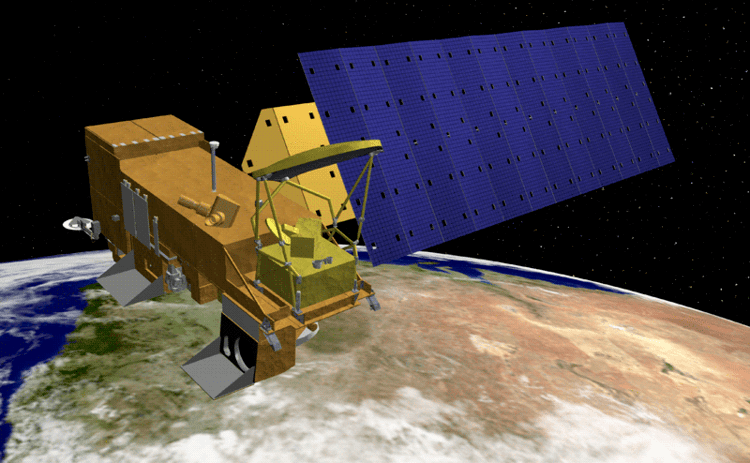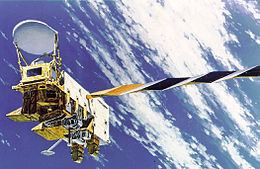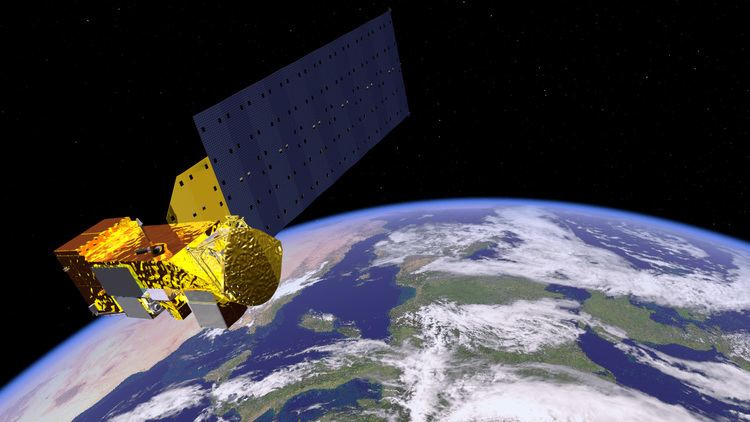COSPAR ID 2002-022A Website aqua.nasa.gov Launch date 4 May 2002 Mission duration 6 years Inclination 98.1987° | SATCAT no. 27424 Bus T330 (AB-1200) Power 4.444 kW Period 1.6 hours | |
Similar | ||
Aqua (EOS PM-1) is a multi-national NASA scientific research satellite in orbit around the Earth, studying the precipitation, evaporation, and cycling of water. It is the second major component of the Earth Observing System (EOS) preceded by Terra (launched 1999) and followed by Aura (launched 2004).

The name "Aqua" comes from the Latin word for water. The satellite was launched from Vandenberg Air Force Base on May 4, 2002, aboard a Delta II rocket. Aqua is on a Sun-synchronous orbit. It flies as the second in the satellite formation called the "A Train" with several other satellites (Aura, CALIPSO, CloudSat, OCO-2, the French PARASOL, and the Japanese GCOM W1).

Instruments
Aqua carries six instruments for studies of water on the Earth's surface and in the atmosphere:

The Aqua spacecraft has a mass of about 2,850 kilograms (6,280 lb), plus propellant of about 230 kilograms (510 lb) (at launch). Stowed, the satellite is 2.68 m x 2.49 m x 6.49 m. Deployed, Aqua is 4.81 m x 16.70 m x 8.04 m.

